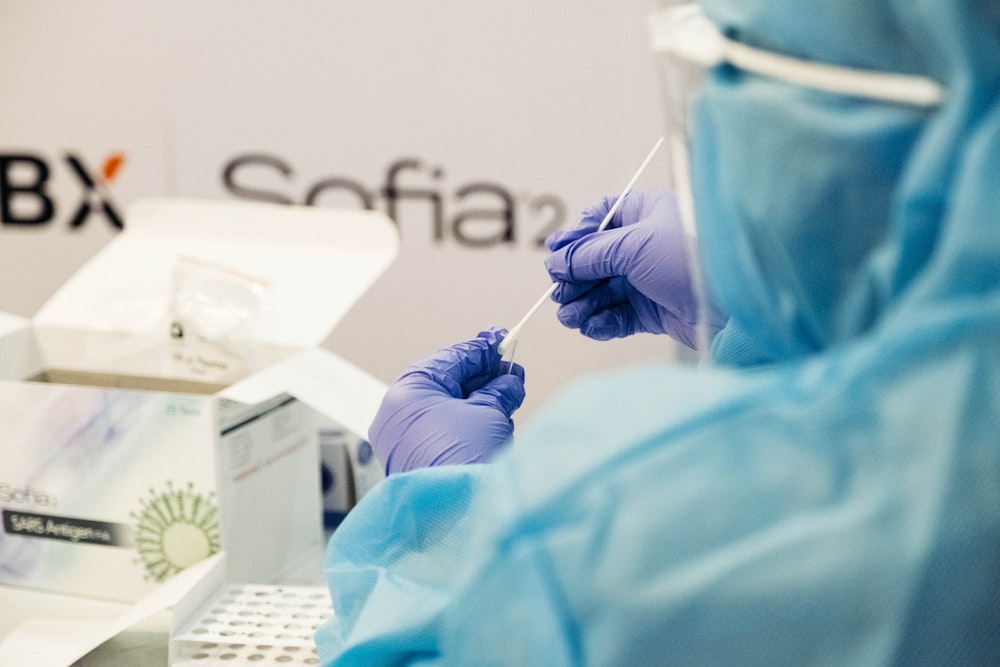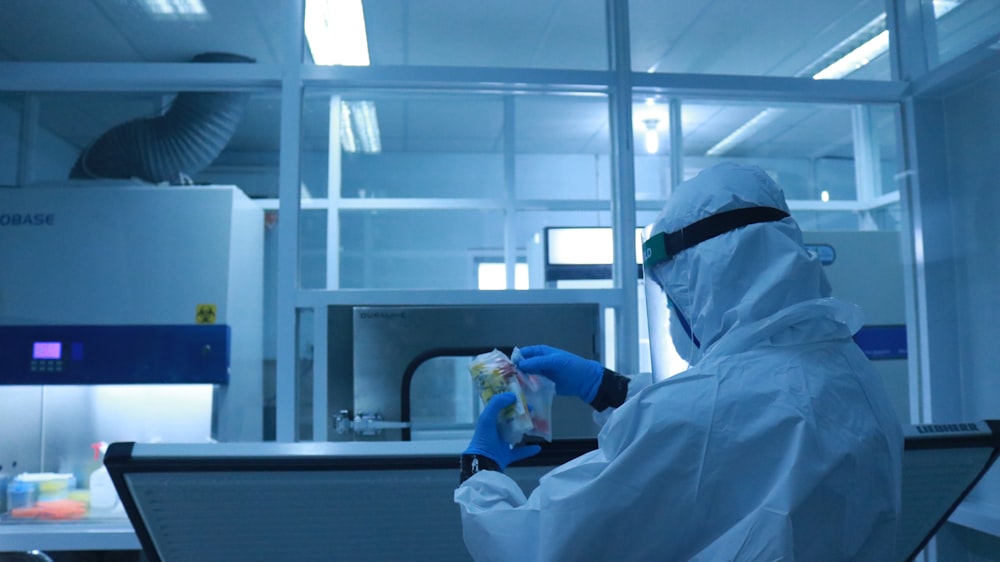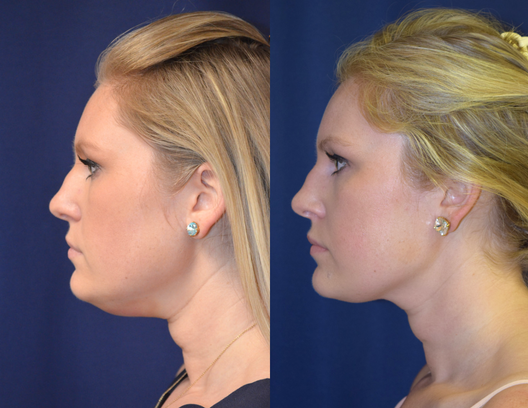Testosterone clinics are becoming more prevalent in countries all over the world. Androgen insufficiency affects approximately 10-40% of men worldwide, rising to 80% in males with other comorbidities. Over $1.8 billion in testosterone prescriptions were written in 2011, with the majority of them written for off-label purposes. However, you will undoubtedly write more testosterone prescriptions for an older population.
It is critical to understand that testosterone is not a harmless drug; it has both hazards and advantages that must be evaluated and controlled by a competent physician.
-
Making the correct diagnosis of testosterone deficiency is just as important as the proper treatment:
Treatment for low testosterone entails more than simply checking your testosterone levels. Most testosterone prescriptions are now prescribed for off-label purposes, and patients may not receive the 3-6-month monitoring recommended by several professional medical organizations. However, a man’s low testosterone level does not automatically qualify him for testosterone therapy.
If hormone levels are normal, merely having the symptoms of Low-T does not warrant testosterone replacement therapy. Numerous additional illnesses can cause symptoms similar to Low-T, and understanding why a man has those symptoms is just as crucial as getting the appropriate treatment.
Low-testosterone treatment necessitates the skills of a physician to ensure that a more serious health condition is not the underlying cause of the symptoms. Below are tips for choosing the right TRT clinic online
-
How to Choose the right TRT Clinic Online?
-
Reviewing Testosterone clinic websites
When researching a website for a TRT clinic online, it’s critical to start with the providers. Are the doctors who are in charge of your care adequately trained? Examine the bio if one is available. Unfortunately, some websites may not even name the providers, which has caused some worry in the medical community.
Examine the professional associations in which your doctor participates and is a member. Professional medical and surgical associations, such as the American Urologic Association (AUA), give continuing medical education to physicians to remain on top of new research, therapies, and announcements about men’s health. Physicians who are not members of such organizations may be unaware of discoveries or hazards linked with men’s medicines.
Board certification is a higher degree of professional training and education that a physician must obtain to practice at the pinnacle of their field.
-
Check whether or not the clinic is performing depth review of symptoms
A man with normal testosterone levels but still displaying symptoms of testosterone deficiency should have his symptoms thoroughly evaluated. In the absence of a clear explanation, a patient should be concerned and hesitant to trust their provider. Other metabolic and hormonal imbalances that testosterone replacement cannot correct are vital to preserving your health and safety.
-
Find out if the clinic holds the best physicians?
This is your body, and your health is at stake. It is usual for testosterone clinics to fail to offer their patients a physician visit regularly, if at all. It’s critical to understand whether an assistant or a physician supervises your care. A physician, not a medical assistant or nurse, should determine the best drug for you, monitor your progress, and optimize your response to therapy. This is the most effective strategy to achieve your objectives while being safe.
-
Discover clinics that thoroughly monitored their patients
It would be best to examine testosterone therapy with a full panel of labs every 3-6 months. Follow-up appointments should be with a doctor. Additionally, it is also essential to understand that testosterone testing and measurement should be done using a technique known as LCMS (Liquid Chromatography-Mass Spectrometry).
This testosterone blood test is the gold standard and offers the most accurate testosterone serum level result. Most clinics will test your blood and provide an instant-read of your level. However, this is frequently a less reliable means of checking your levels and may skew your results.
-
The specialist must hold the knowledge of testosterone delivery techniques
Testosterone should suit a man’s lifestyle and be simple for the patient to use or administer. To mention a few, testosterone delivery options include injections, topical gels, and pellets.
-
Prefer a clinic that prioritizes physical examination
Following is the ideal way to ensure your health is prioritized at a testosterone clinic: Did the provider undertake a testicular examination for size, a breast examination for gynecomastia, and a prostate examination if the guy is over 40 years old? A physical examination is essential to ensure that no other reasons for testosterone insufficiency exist. A prostatic nodule on physical examination may limit testosterone delivery and necessitate additional investigation.
Bottomline
Telemedicine will continue to play an essential part in patient care delivery. Additionally, physician practices must advance with healthcare technologies to offer the utmost care to the patients. Moreover, there are substantial limits to using telemedicine for TRT administration, and before exploring this method, both patients and clinicians should engage in collaborative decision-making. Understanding and admitting the inherent problems of telemedicine for TRT administration will allow both patients and doctors to achieve the best possible outcomes and satisfaction.







